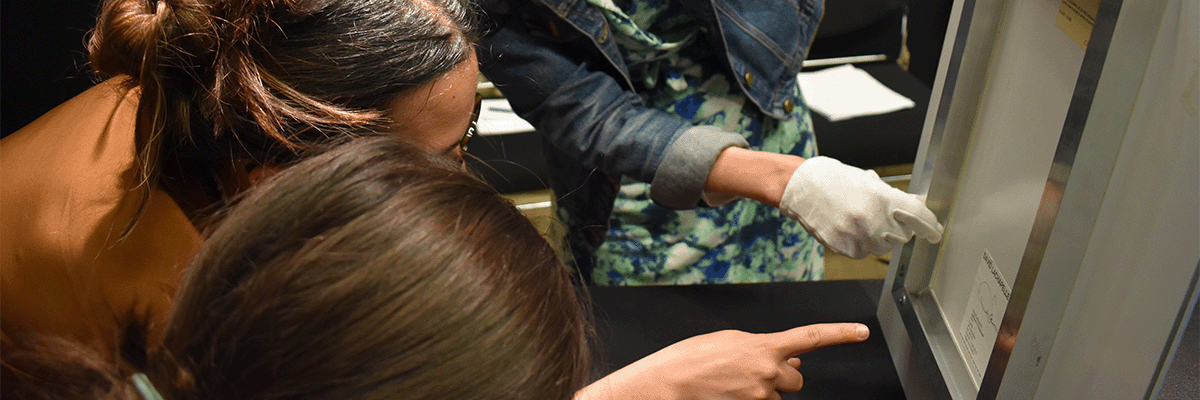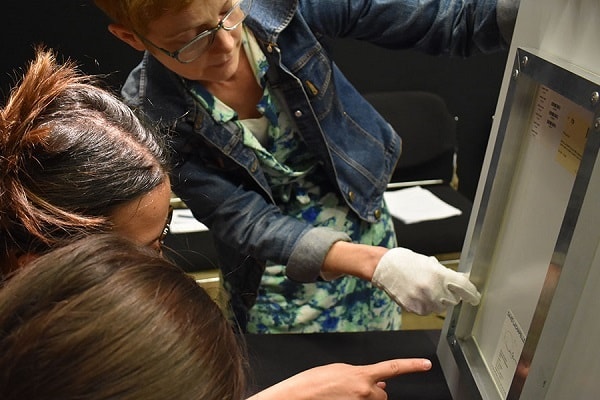Overview
Provenance and Restitution have become two of the most urgent and frequently cited terms in the global art market, in museology, and in cultural politics more generally. The two terms are in some ways interconnected since claims for the restitution of cultural objects — whether from former imperial nations, from museums, from private collectors, or from other art market participants — invariably require some form of provenance research in order to confirm the ownership history and thus the legal status of the objects in question.
Such scrutiny has long been of critical importance when applied to so-called ‘Holocaust Assets’ — works seized by the Nazis in the Second World War. More recently, following the Black Lives Matter movement that triggered a deeper interrogation of the colonial past, research has been informally extended to encompass a broader range of objects in both the public and private realms. While provenance research does not set out to establish the authenticity of a work of art, the discovery of a complete and documented ownership history can often contribute to a work’s authenticity and thus its historical and market value.
Geopolitical conflicts in the Middle East have also brought unprecedented quantities of illicit antiquities on to the global art market in recent decades, many of which are now subject to more rigorous legal and ethical scrutiny than ever before. Similarly, the continued looting of objects from ancient sites in South East Asia has reinforced the importance of a clear understanding of the concepts of Provenance and Restitution.
The course will be split into two separate components over four evenings, with 1.5hr sessions each.
Learning Outcomes
By the end of the course, students will:
- Be familiar with the critical importance of Provenance Research in securing the ownership history of high-value assets on the international art market, together with the implications of failing to do so.
- Have gained insights into the range of academic disciplines and methodologies used in Provenance Research and how certain art market categories present specific challenges for researchers.
- Have a clear understanding of four terms commonly used in cultural object debates, namely: Restitution; Repatriation; Return, and Reunification and how these are often used interchangeably but should be considered more selectively when discussing the legal, ethical, moral, or aesthetic implications of particular object categories.
- Understand the contrasting issues and international legal instruments governing the debates over, for example, the Parthenon Marbles, the Benin bronzes, the Maqdala Treasure, human remains, Holocaust Assets, and so on.
Academic Profile
Dr Thomas Flynn
Dr Tom Flynn is a graduate of the University of Sussex and the Royal College of Art, completing his doctorate at the University of Sussex in 1998. From 1998-2000 Tom was Henry Moore Foundation Post-Doctoral Research Fellow at the University of Sussex, organising an international exhibition on Rodin’s connections with the United Kingdom.
A former journalist at The Art Newspaper, his writing has appeared in numerous international art market publications. He has held board positions with art price data company Invaluable and the contemporary print retailer Eyestorm. He has published widely on the global art market, contemporary sculpture, museology, and art and design history and is an accredited lecturer with The Arts Society.
He was Senior Lecturer at Kingston College of Art from 2010-2017, directing the RICS-Accredited MA in Art Appraisal (Professional Practice) and has taught at Sussex University; IESA (Paris and London); and Richmond, the American University in London.
In 2017 he co-founded with Angelina Giovani the art provenance research agency Flynn & Giovani (FlynnGiovani.com), of which he is non-Executive director.
Any Questions?
Click here to send us an email if you have a question regarding the course



.ashx?tr=w-1,h-1:mw=300&mh=200)





